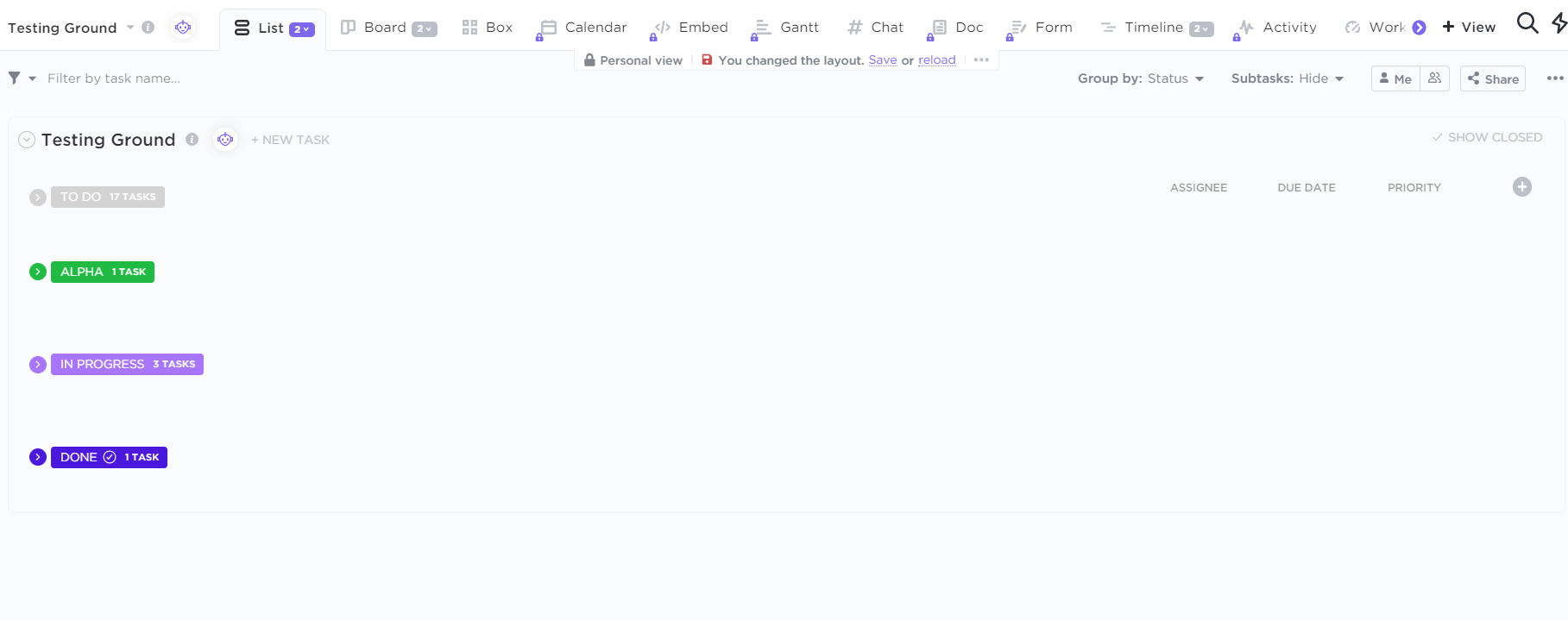


In particular, the whole transcriptome assembly, its functional annotations and relevant SNPs and SSRs are presented in many easy-to-use web views that allow users to search, filter, navigate and visualize their desired data efficiently and easily. We not only provided Gene Ontology (GO), Enzyme Commission (EC) and Kyoto Encyclopedia of Genes and Genomes (KEGG) annotation to these contigs, but also identified extensively the potential polymorphisms, both single base ( e.g., SNPs and single indels) and multiple bases ( e.g., mismatches/indels of multiple bases), and simple sequences repeats for each contig. Based on all aforementioned cDNA and mRNA data, we have created our first release of peanut transcriptome assembly consisting of 32,619 contigs. has been conducted by Institute of Plant Protection, Chinese Academy of Agricultural Sciences and generated about 70 million reads.Īs a public genomic database that integrates transcript data from Sanger, 454 and Illumina, PeanutDB currently focuses on the transcriptome analysis of Arachis hypogaea. Meanwhile, Illumina transcriptome sequencing of Arachis hypogaea L.
#SORT SEQUENCE BY MARKED STATUS CLC SEQUENCE VIEWER ARCHIVE#
In the same time, the University of Georgia (UGA) submitted more than 1 million 454 sequence reads into NCBI Short Read Archive (SRA) ( ) for 17 Arachis hypogaea L. The 150,177 ESTs were deposited by many researchers, and the sampling tissues were mainly seeds (57%), roots (23%) and leaves (19%). The large and complex genome structures of peanut with low genetic variation apparently make this non-model species remain among the less-studied crops.Īs in July 15, 2011, there were a total of 198,156 nucleotide sequences for Arachis hypogaea in NCBI GenBank ( ), including 39,852 Nucleotide (Core Nucleotide Sequences), 150,177 ESTs (Expressed Sequence Tags), and 8,125 GSSs (Genome Survey Sequences). Blockage of gene flow from wild diploid to cultivated tetraploid apparently contributes to the low genetic variation in peanut and presents a bottleneck to its genetic improvement. It is likely that the cultivated peanut derived from crossing of wild diploid species and underwent subsequent genome duplication. This cultivated species has a large and complex tetraploid genome (2n = 4x = 40, AABB, 2800 Mb), presenting a serious challenge for its whole genome sequencing.

The peanut ( Arachis hypogaea), an annual herbaceous legume plant, is an important crop cultivated worldwide for oil production and food sources. ConclusionĪs a public genomic database that integrates peanut transcriptome data from different sources, PeanutDB ( ) provides the Peanut research community with an easy-to-use web portal that will definitely facilitate genomics research and molecular breeding in this less-studied crop. For each contig, sequence alignment is presented in both bird’s-eye view and nucleotide level resolution, with colorfully highlighted regions of mismatches, indels and repeats that facilitate close examination of assembly quality, genetic polymorphisms, sequence repeats and/or sequencing errors. Based on both open-source and our in-house tools, PeanutDB presents many seamlessly integrated web interfaces that allow users to search, filter, navigate and visualize easily the whole transcript assembly, its annotations and detected polymorphisms and simple sequence repeats. We provided EC, KEGG and GO functional annotations to these contigs and detected SSRs, SNPs and other genetic polymorphisms for each contig. With the development of next generation sequencing technologies such as 454 pyro-sequencing and Illumina sequencing by synthesis, the transcriptomics data of peanut is rapidly accumulated in both the public databases and private sectors. Without a doubt, transcriptome sequencing is the most effective way to harness the genome structure and gene expression dynamics of this non-model species that has a limited genomic resource. Its complex genetic architecture ( e.g., the large and tetraploid genome possibly due to unique cross of wild diploid relatives and subsequent chromosome duplication: 2n = 4x = 40, AABB, 2800 Mb) presents a major challenge for its genome sequencing and makes it a less-studied crop. The peanut ( Arachis hypogaea) is an important crop cultivated worldwide for oil production and food sources.


 0 kommentar(er)
0 kommentar(er)
